Multidisciplinary design optimization for sea, land, and air vehicles
1. Aircraft aerodynamic design optimization
- Wing-body-tail aerodynamic shape optimization for a transonic aircraft configuration
- Gradient-based optimization with hundreds of design variables and constraints
- Single- and multi-point aerodynamic shape optimization with full and transitional turbulence
References:
- AIAA Journal 2020 Paper [doi][preprint]
- AIAA Scitech 2020 Paper [doi][preprint][slides]
- Comput. Fluids 2018 Paper [doi][preprint]
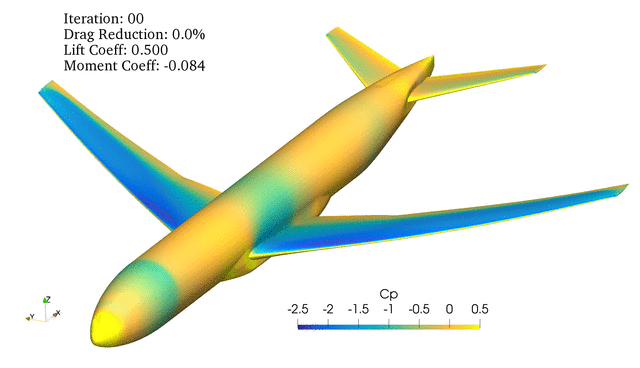
2. Compressor aerostructural optimization
- Design optimization for Rotor 67 blade considering both aerodynamics and structure
- Gradient-based optimization with hundreds of shape design variables
- Minimizing torque while maintaining mass flow rate, total pressure ratio, and max von-Mises stress
References:
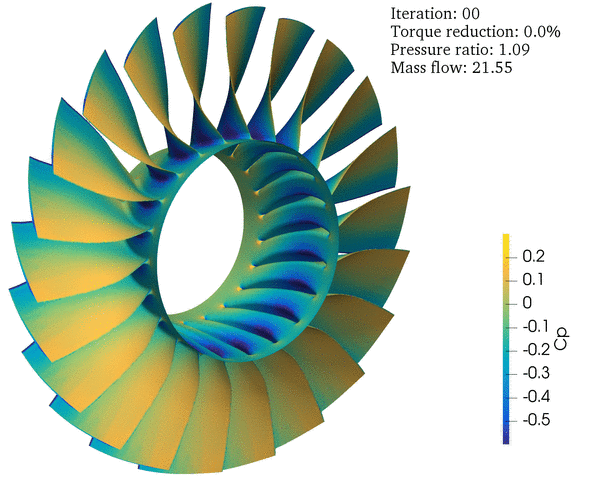
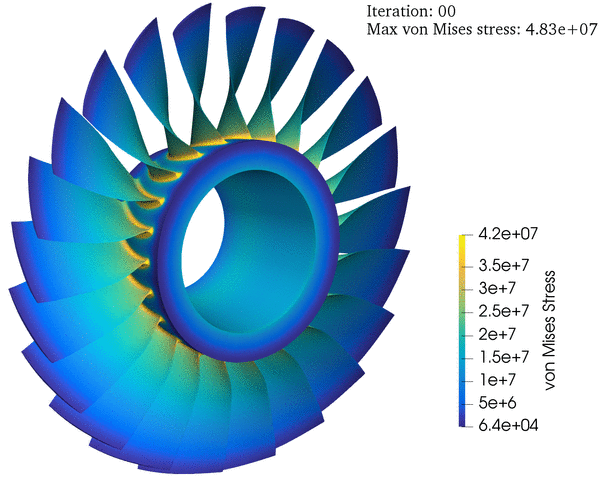
3. Aerothermal optimization for turbine internal cooling passage
- Design optimization for U bend internal cooling channel for rib-free and ribbed configurations
- Hundreds of shape design variables to modify channel shape while allowing all ribs to change independently
- Simultaneous improvement for aerodynamic loss reduction and heat transfer enhancement
References:
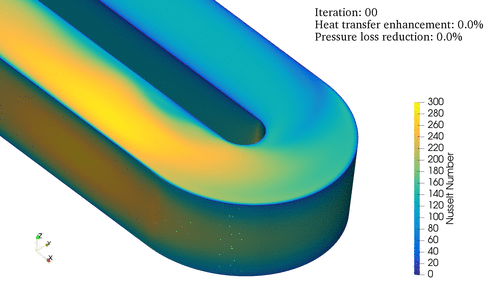
4. Car aerodynamic shape optimization
- Aerodynamic shape optimization for a full sedan car model
- Imposing manufactoring constraint to ensure practical design
- Aerodynamic drag reduces by more than 10%
References:
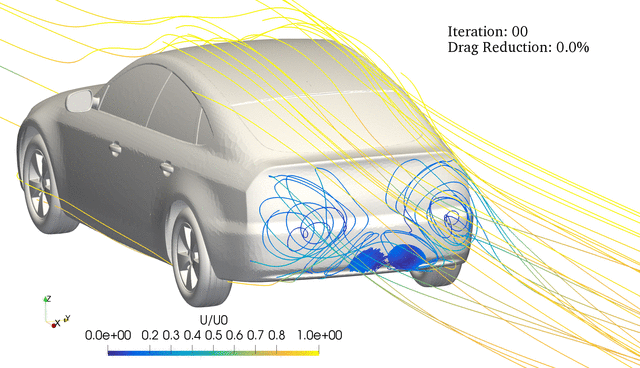
5. Design optimization for self-propulsion of a bulk carrier hull
- Simultaneously considering hydrodynamic resistance and wake distortion
- Gradient-based optimization method allows large design freedom for hull shape
- Imposing proper geometric constraints ensures practical hull shapes
References:
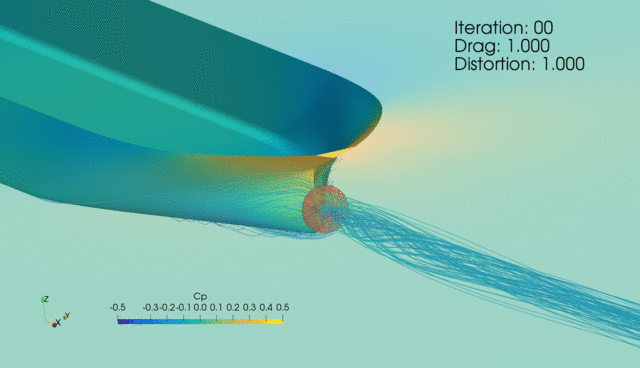
The above research was conducted at the University of Michigan, Ann Arbor between 2016 and 2020, supported by funding from the Ford Motor Company. |
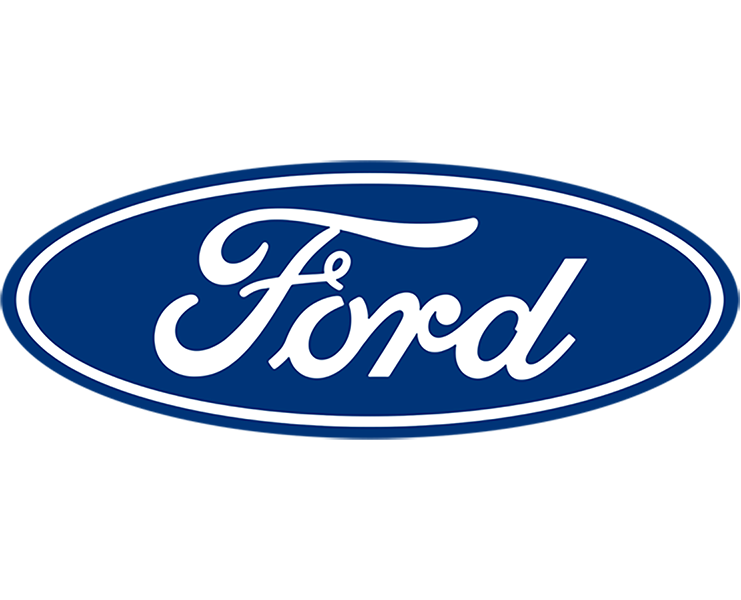
|